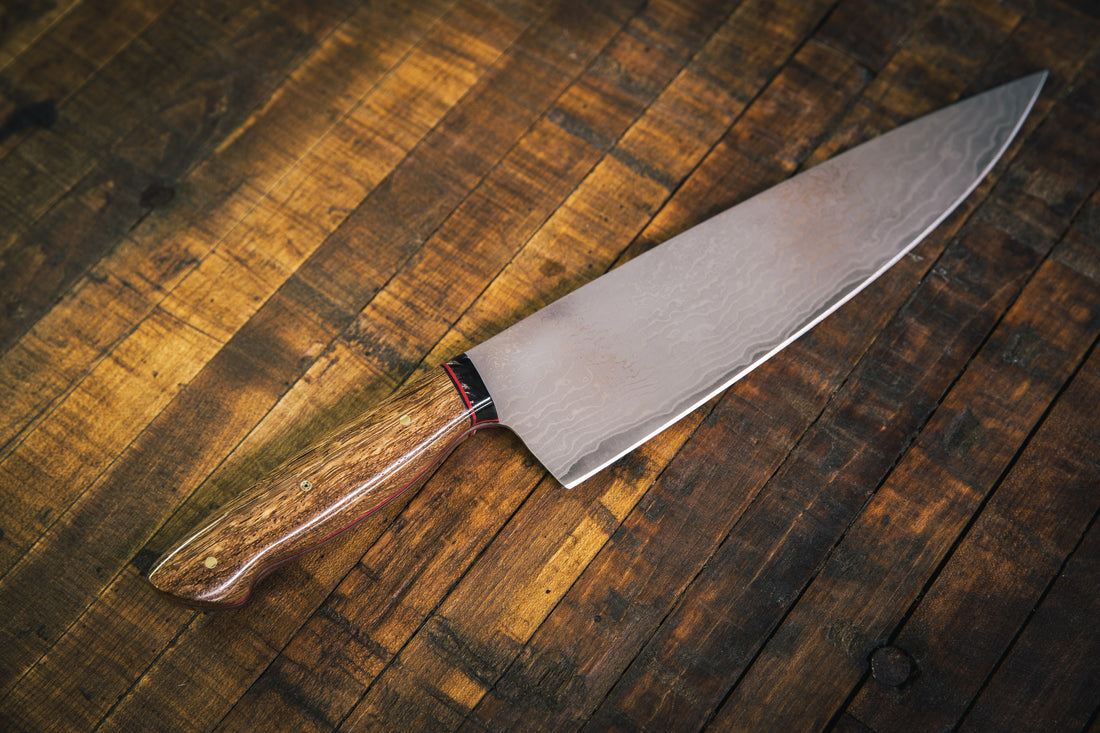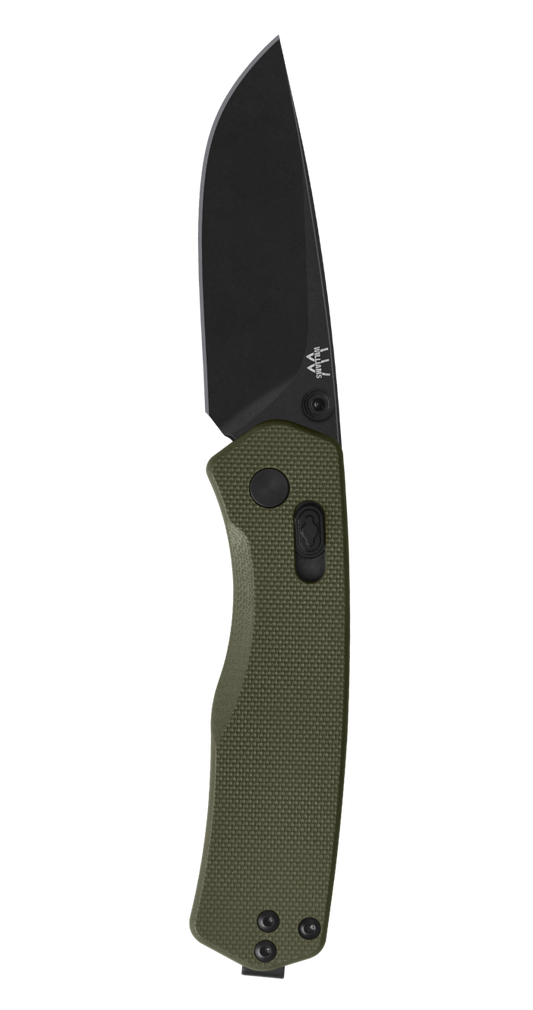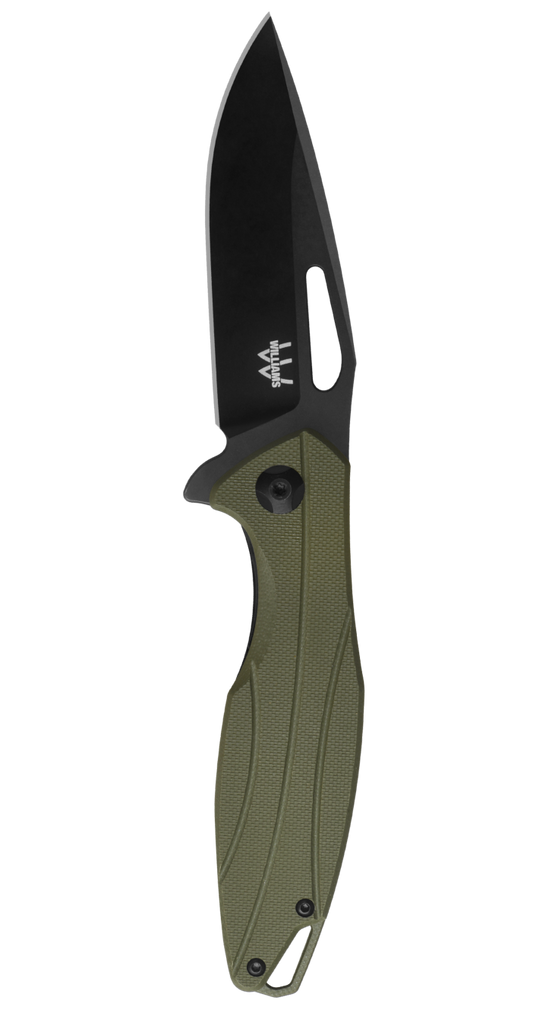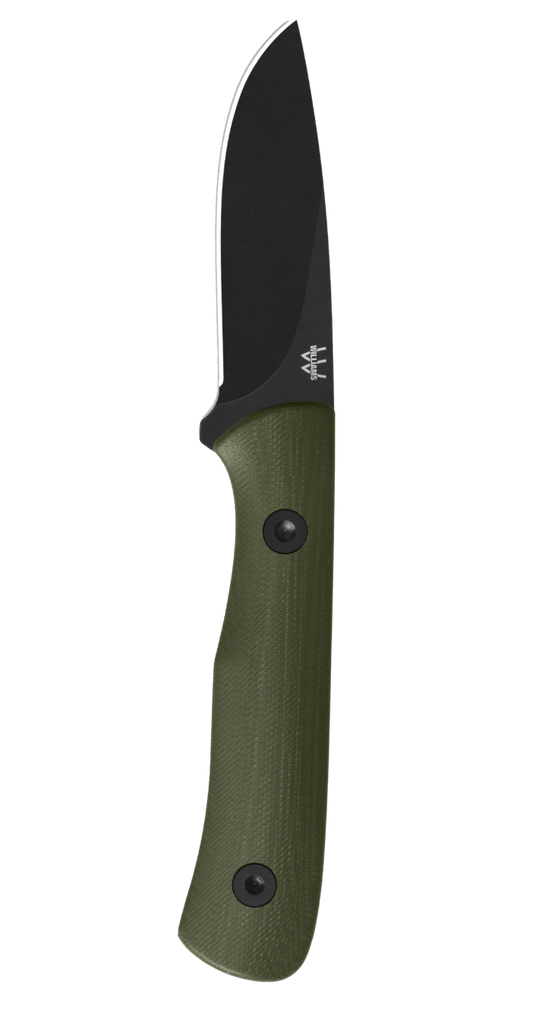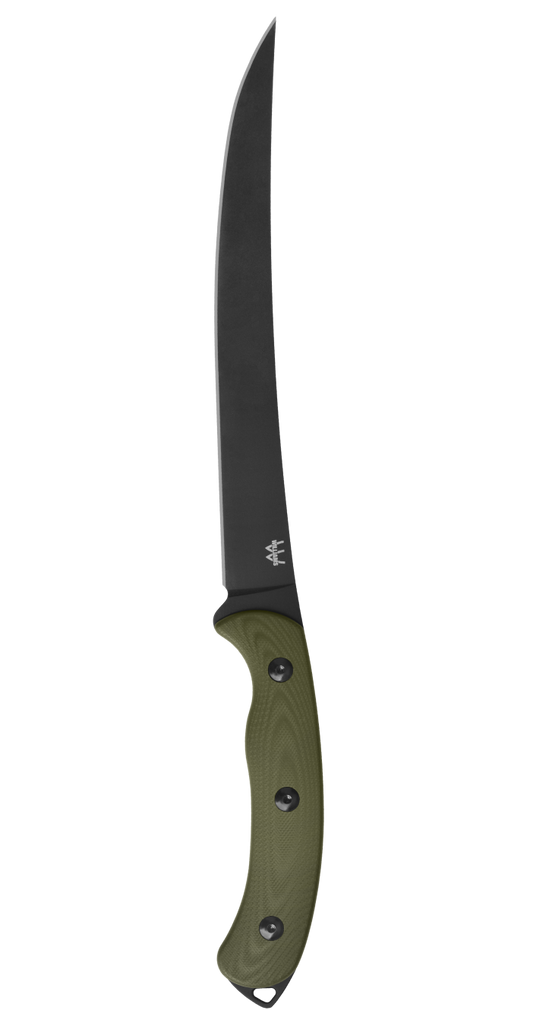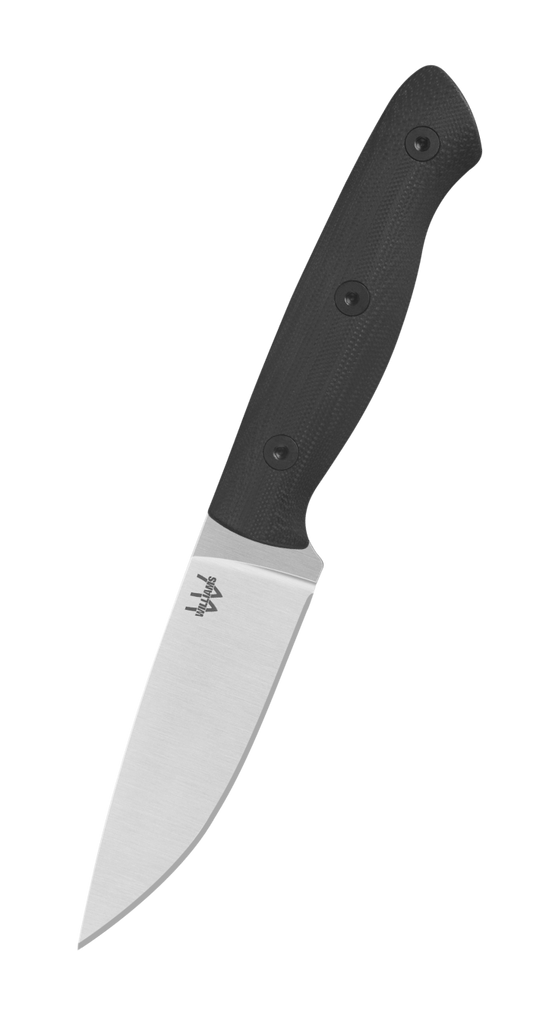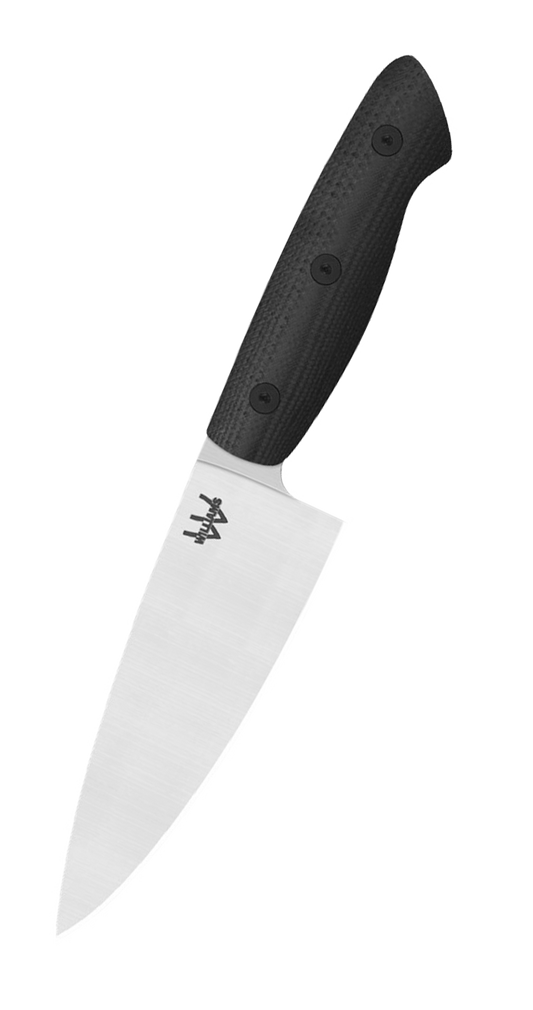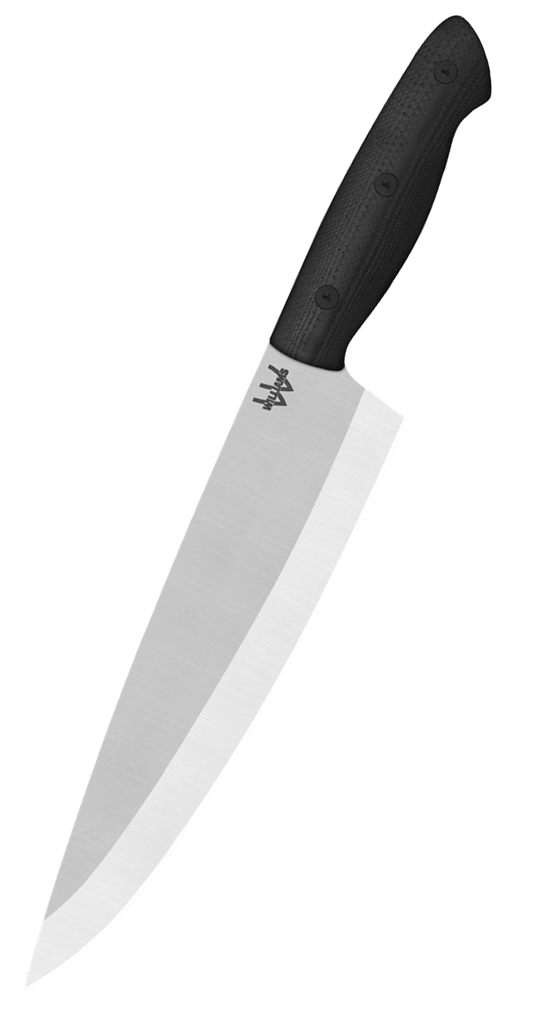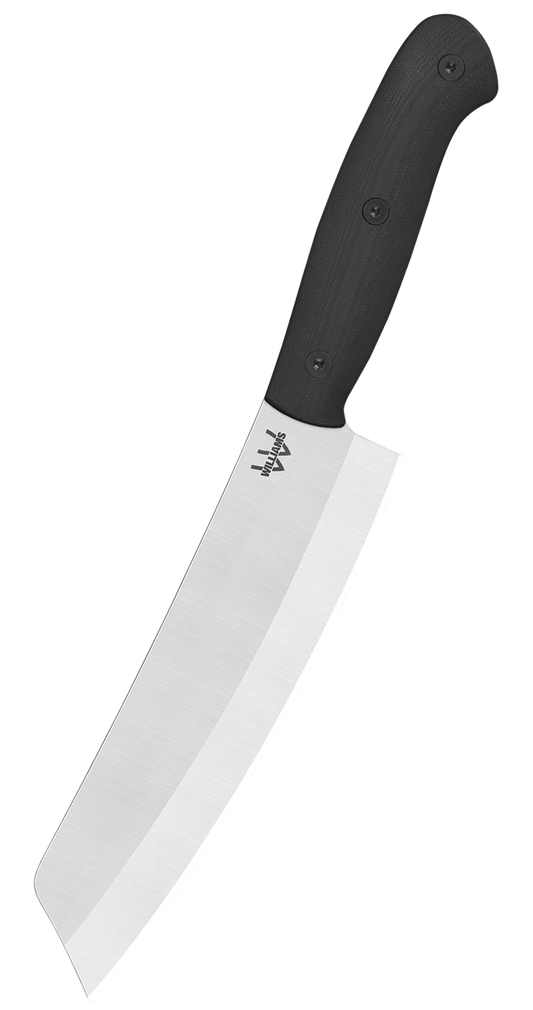How to Sharpen and Hone Your Knife the Right Way
As the most devoted knife owners know, the benefits of keeping your knives sharp go well beyond better knife performance.
Why Is a Sharp Knife Better and Safer Than a Dull Knife
In addition to being easier to use and slicing better than a dull knife, a sharp hunting, fishing, chef’s or everyday knife helps maintain the structural integrity of the food you’re cutting. (Case in point: Consider what a tomato looks like after slicing it with a sharp knife vs. a dull knife.) Further, because a sharp knife is less likely to lose traction and slip while cutting, it’s also safer to use. And ultimately, by delivering an improved cutting experience, a sharp knife makes the pursuit — whether it’s slicing food, cleaning fish, or prepping wild game — more pleasurable and less of a chore.
“A knife is at its best when it is sharpest,” said Chris Williams, owner of Williams Knife Co. “If you want to get the most out of your knife over the course of it's lifetime, be sure to sharpen and care for the blade.”
How To Keep Your Knives Sharp & Revive Old Knives
To keep your knives performing at their best, you’ll want to use a whetstone or a knife sharpener once every few months to ensure they’re sharp, in addition to using a honing steel every week or so (or each time you use your knives to prepare a meal) to maintain the shape of the blade. Here, we’ll walk through the proper ways to use each of these tools.
How To Use a Whetstone To Sharpen a Knife
Widely considered the best tool for sharpening your knives because it helps to ensure their longevity, a whetstone is a rectangular block that works much like sandpaper as a blade’s cutting edge slides across it. Most whetstones have a coarse side for grinding especially dull knives into shape, and a fine side for maintaining a blade’s sharpness. Here’s a step-by-step walkthrough for sharpening your knife with a whetstone:
- The majority of whetstones need to be submerged in water before use, but others call for rubbing the surface with oil — so be sure to check your whetstone’s instructions before you get started. If the whetstone needs to be submerged in water, do so until it’s completely saturated, with no bubbles appearing on its surface. This usually takes 5 to 10 minutes.
- Once your whetstone is ready to use, place it on a flat surface. (It’s also a good idea to place it on a towel or mat to prevent slippage during sharpening.)
- If your knife is especially dull, you’ll want to start the sharpening process using the coarse side of the whetstone, then fine tune the blade using the fine side. Alternatively, if your blade simply needs a touch-up sharpening, you can begin with the fine side.
Either way, the actual sharpening process is performed by dragging the knife’s cutting edge across the whetstone at a specified angle — typically 20 degrees, but check your knife’s owner’s manual for specific guidance. [EL1] With the cutting edge facing away from you, use one hand to hold the knife’s handle and the other to brace the knife’s spine. While placing slight pressure on the knife against the whetstone, drag the blade in a forward direction across the whetstone surface (moving the knife away from your body) three to six times on each side of the blade, each time making sure the entire cutting edge of your knife — from heel to tip — slides across the whetstone.
- After sharpening both sides of your knife’s cutting edge, check the sharpness of the blade by lightly sliding your thumb in a perpendicular direction across the cutting edge. If the knife still isn’t sharp enough, repeat the sharpening step above until you reach the desired sharpness.
- Allow your whetstone to sufficiently dry out after use, then store it in a dry environment.
How To Use a Knife Sharpener To Sharpen a KnifeA knife sharpener is much faster and easier to use than a whetstone, but it’s more of a quick-fix solution that can — especially if used regularly over time — shorten the longevity of your knives. So a good rule of thumb might be to use a knife sharpener on your lower-quality knives when needed in a pinch, but stick with a whetstone when sharpening knives of higher quality.
That said, using a knife sharpener is a fairly straightforward process:
- If the sharpener has a trap for steel shavings, check to make sure that it is empty.
- Place the knife sharpener on a flat surface where it will stay securely in place throughout the sharpening process.
- Most knife sharpeners have a pair of slots: one a coarse-grit side for duller knives, the other a fine-grit side for touch-up sharpening. As noted above with whetstone sharpening, for knives that are already somewhat sharp, you can skip using the coarse side of the knife sharpener.
- Once you’ve decided on the appropriate slot to use, place the heel of your knife’s cutting edge into the groove and gently pull it toward you four to five times. After checking the blade sharpness, repeat the step above as needed — and if you started with the coarse slot, move on to the fine slot for the final touches until the desired sharpness is reached.
How To Use a Honing Steel
A honing steel is a stick-shaped utensil used to maintain the proper angle of your knife’s cutting edge between sharpenings. It can be used more frequently than a whetstone or a knife sharpener, as it doesn’t wear down your knife’s blade over time by grinding steel away from the cutting edge like sharpening does.
To use a honing steel:
- With the handle of your honing steel in your hand, hold the tool vertically, with the tip pointing downward and resting on a flat surface where it will not slide during the honing process.
- Hold the handle of your knife with your dominant hand, and place the cutting edge against the honing steel at a roughly 20-degree angle.
- Beginning with the heel of the knife and while maintaining light pressure, draw the knife’s blade downward, meanwhile pulling the knife toward you to ensure that the full length of the cutting edge makes contact with the honing steel. Repeat this motion four to five times.
- Keeping the knife in the same hand, repeat the step above on the other side of the honing steel to hone the opposite side of the cutting edge.
About Williams Knife Co.
Originating in Charleston, South Carolina, Williams Knife Co. is the project and passion of avid outdoorsman and longtime knife-maker Chris Williams. Each handmade from blade to sheath using steel and natural materials, the custom hunting and fishing knives in the Williams Knife Co. lineup blend functionality and beauty to create useful works of art that can also serve as long-treasured heirlooms. To explore the full collection, visit williamsknife.com.
